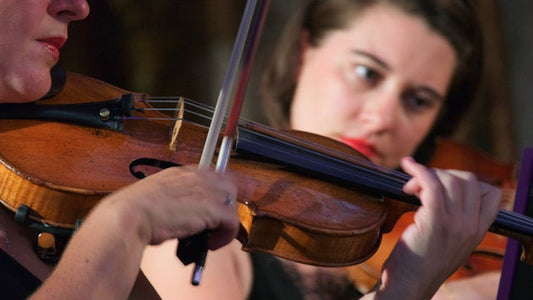One of my favorite assignments in grad school was to figure out how many brain activities a string player would need to play one note of music. My mentor, Dr. William Starr, and I spent at least an hour with him running through his ideas - and me scrambling to keep up with him!
I need to find that paper one of these days, but I ran across Mr. Starr’s list of 16 things your brain needs to think about in order to shift - and it’s time to share his amazing list!
In every shift, you are aiming for accuracy and to develop your kinesthetic memory so the shift can be repeated accurately every single time. Here’s how -
- Pitch: know what note you are aiming for.
- Clarity of the note of departure, and
- Clarity of the note of arrival: make sure those pitches are accurate.
- Shift lightly and smoothly- no jerks.
- Keep the angle of your shifting finger either the same or flatter (don’t overbend)
- No vibrato. (that extra movement will throw your accuracy off)
- Prepare finger - ex. Do you change fingers as you leave one position to get to another or what position does the finger come from?
- Plan when the hand will move out as you go to higher positions.
- Use arm motion on shifts if possible (don’t bend your wrist to reach - keep wrist straight until you can’t)
- Know where your thumb goes.
- In high positions, hold on with your thumb.
- Know where the side of your hand hits the instrument.
- Can you hold your instrument? (When you shift, does your instrument wobble?)
- Visualize the shifting distances and stretches before playing them. (Slow practice to build the knowledge of the distance.
- Reflect on how accurate practicing felt.
- Fingers like harmonics - especially strong in high positions (don’t press)
What do you think about this list?









